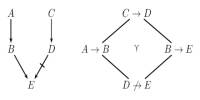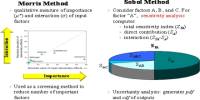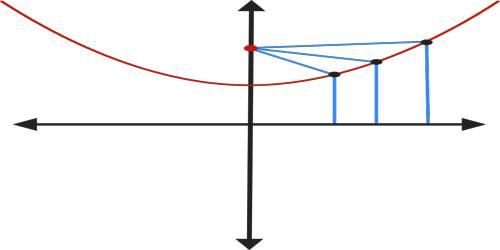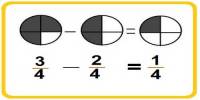Reflexive Axiom: A number is equal to itelf. (e.g a = a). This is the first axiom of equality. It follows Euclid’s Common Notion One: “Things equal to the same thing are equal to each other.” This is definitely one of the most obvious axioms there is, but it’s important nonetheless. Geometric proofs, as well as proofs of all kinds, are so formal that no step goes unwritten. Thus, if perhaps two triangles share a side and you wish to prove those two triangles congruent using the SSS method, it is necessary to cite the reflexive property of segments to conclude that the shared side is equal in both triangles.
The Addition, Subtraction, Multiplication, and Division Axioms
The last four major axioms of equality have to do with operations between equal quantities.
The addition axiom states that when two equal quantities are added to two more equal quantities, their sums are equal. Thus, if a = b and y = z, then a + y = b + z.
The subtraction axiom states that when two equal quantities are subtracted from two other equal quantities, their differences are equal.
The multiplication axiom states that when two equal quantities are multiplied with two other equal quantities, their products are equal.
The division axioms states axiom states that when two equal quantities are divided from two other equal quantities, their resultants are equal.
Importance of the Reflexive Property of Equality
Why is the reflexive property of equality important or even necessary to state? After all, it seems so obvious! The reason is that if we don’t clearly make a statement of something in mathematics, how do we know that we all agree that it is true? Even for something so simple as the reflexive property of equality, we need to have a property so that we know that we all agree that x = x.
Also, if we did not have the reflexive property of equality, how would we explain that x < x or x > x is not true? Because of this property of equality, we can affirm that statements like x < x are false.
http://www.sparknotes.com/math/geometry3/axiomsandpostulates/section1.rhtml















